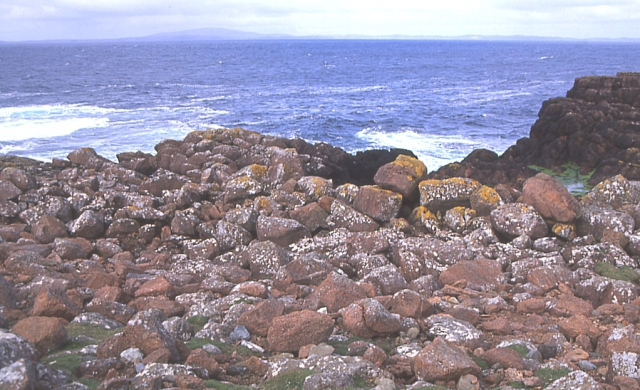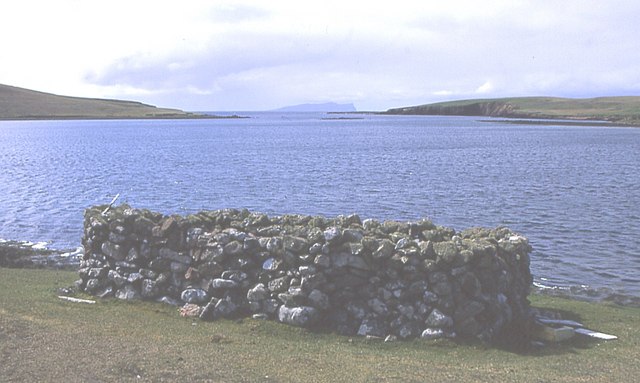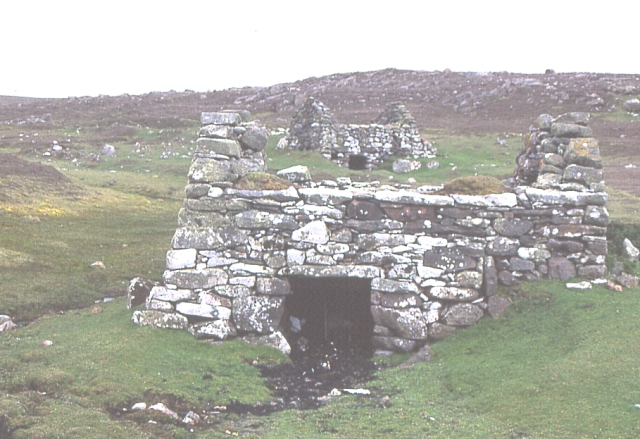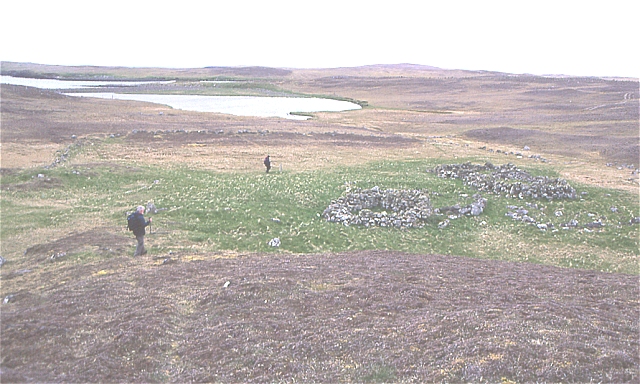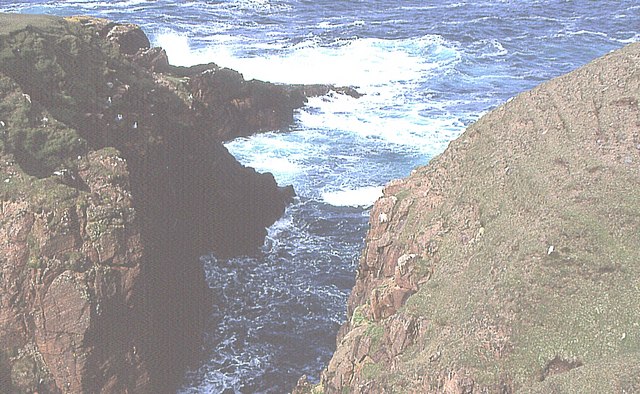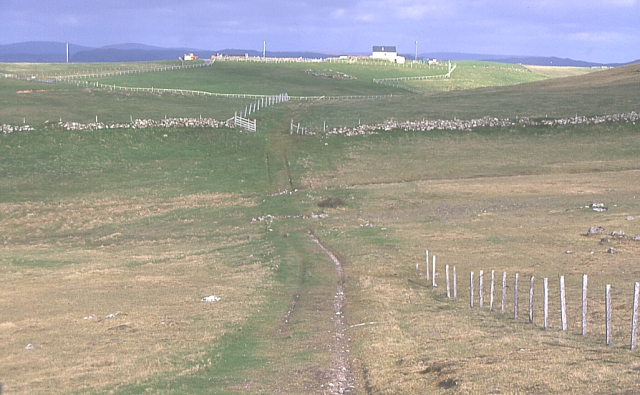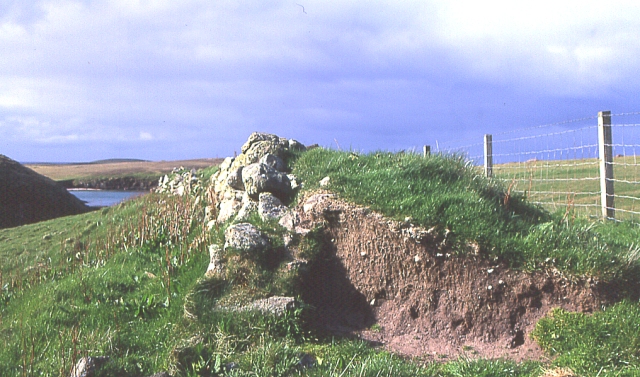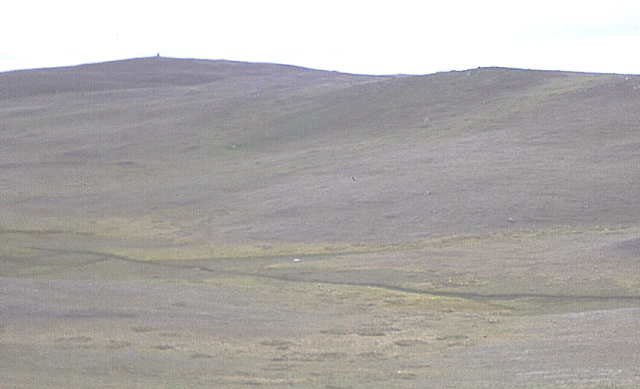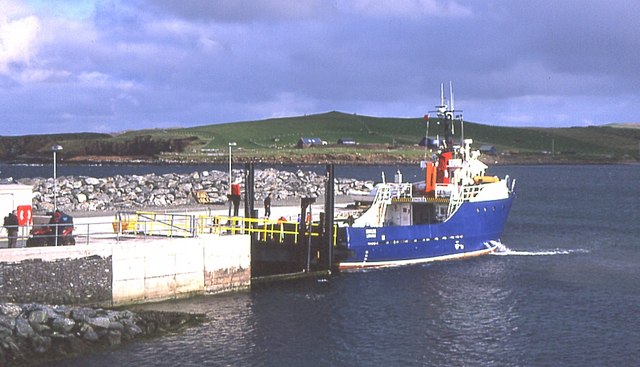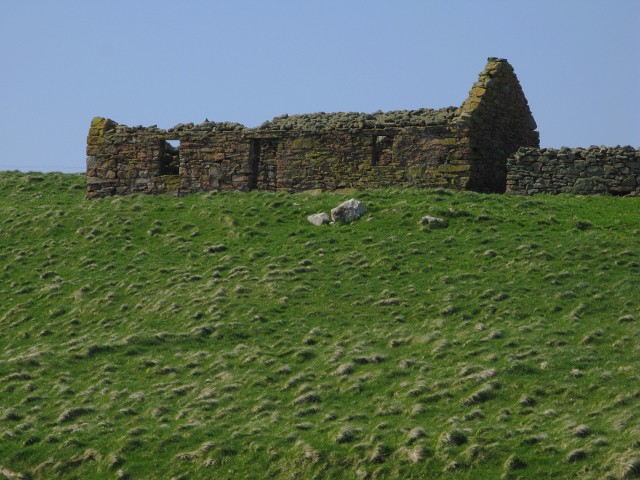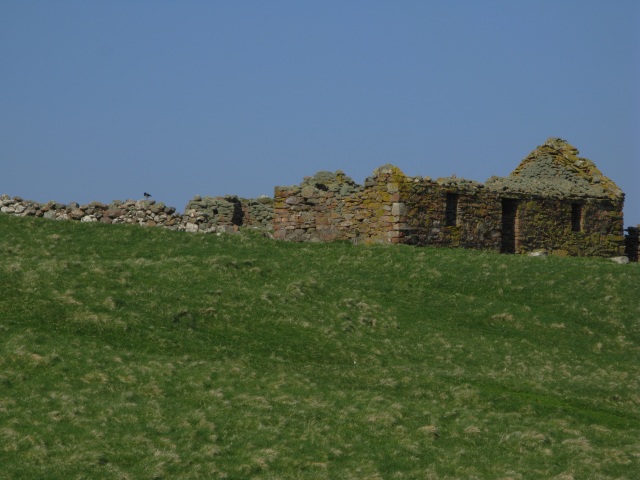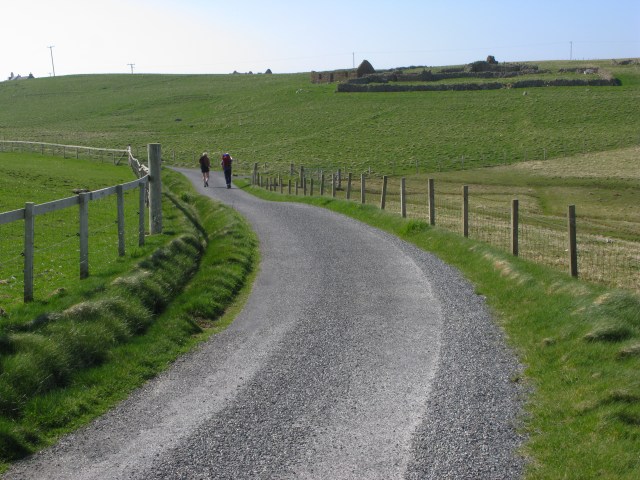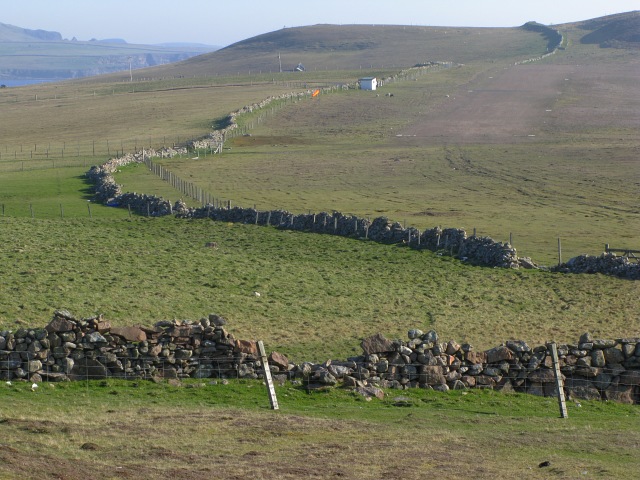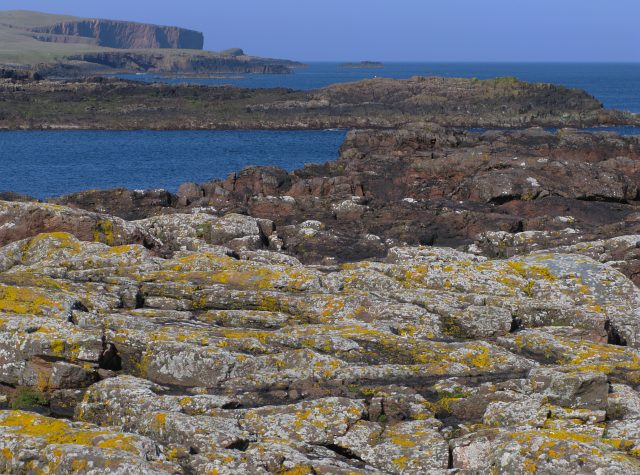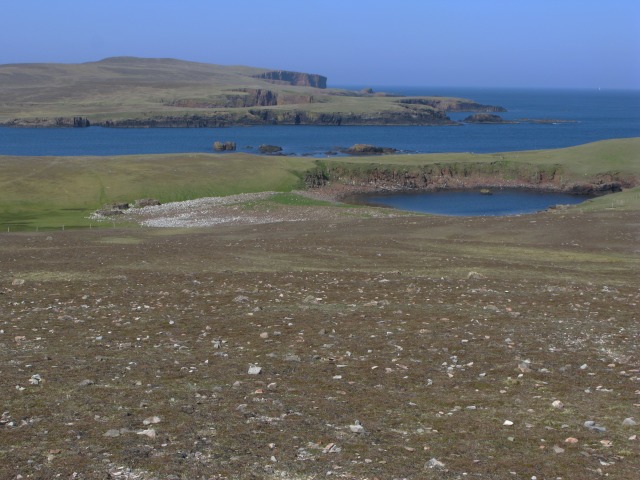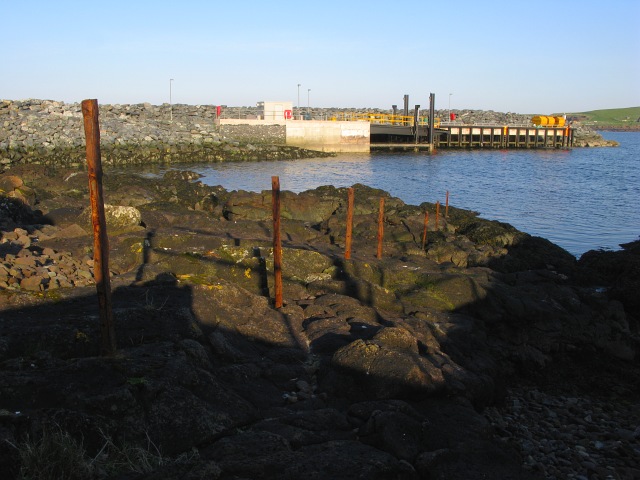Fliss
Cliff, Slope in Shetland
Scotland
Fliss
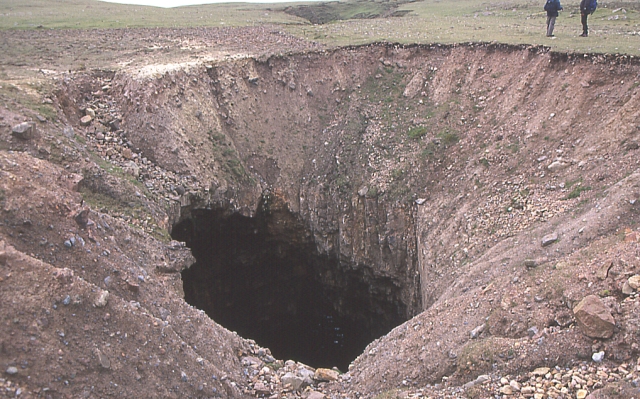
Fliss, Shetland, commonly known as the "Cliff" or "Slope," is a prominent geological formation located in the Shetland Islands, Scotland. This impressive natural landmark is situated on the eastern coast of the island of Mainland, just a few miles north of the town of Lerwick.
The Fliss is a steep cliff face that stretches along the coastline, offering breathtaking views of the surrounding landscape. It is composed primarily of rugged sandstone and shale, displaying layers of sedimentary rocks that have been shaped by millions of years of erosion. The cliff rises to a height of approximately 100 meters (330 feet) above sea level, making it a striking feature of the island's topography.
Visitors to Fliss can enjoy stunning vistas of the North Sea, with its crashing waves and dramatic rock formations. The area is also home to a diverse range of bird species, including puffins, fulmars, and guillemots, making it a popular spot for birdwatchers and nature enthusiasts.
Additionally, the Fliss provides a unique opportunity for geologists and researchers to study the island's geological history. The layers of sedimentary rocks found in the cliff face provide valuable insights into the region's past, including its formation and the changes it has undergone over time.
Overall, Fliss, Shetland, is a remarkable natural feature that showcases the beauty and geological significance of the Shetland Islands. Its towering cliffs, stunning views, and rich biodiversity make it a must-visit destination for anyone exploring this picturesque part of Scotland.
If you have any feedback on the listing, please let us know in the comments section below.
Fliss Images
Images are sourced within 2km of 60.333408/-1.6896666 or Grid Reference HU1761. Thanks to Geograph Open Source API. All images are credited.
Fliss is located at Grid Ref: HU1761 (Lat: 60.333408, Lng: -1.6896666)
Unitary Authority: Shetland Islands
Police Authority: Highlands and Islands
What 3 Words
///stability.owner.against. Near Walls, Shetland Islands
Nearby Locations
Related Wikis
Papa Stour
Papa Stour (Scots: Papa Stour) is one of the Shetland Islands in Scotland, with a population of under fifteen people, some of whom immigrated after an...
Biggings
Biggings is a village on the island of Papa Stour, in Shetland, Scotland. Papa Stour's church is situated at the south of Biggings. A homestead of Duke...
Maiden Stack
The Maiden Stack or Frau Stack is a tiny stack in the western Shetland Islands to the north of Brei Holm and east of Housa Voe in Papa Stour. It is so...
Brei Holm
Brei Holm is a tiny tidal islet in the western Shetland Islands. It is due east of Papa Stour, to which it is connected at low tide, just outside Housa...
Nearby Amenities
Located within 500m of 60.333408,-1.6896666Have you been to Fliss?
Leave your review of Fliss below (or comments, questions and feedback).
